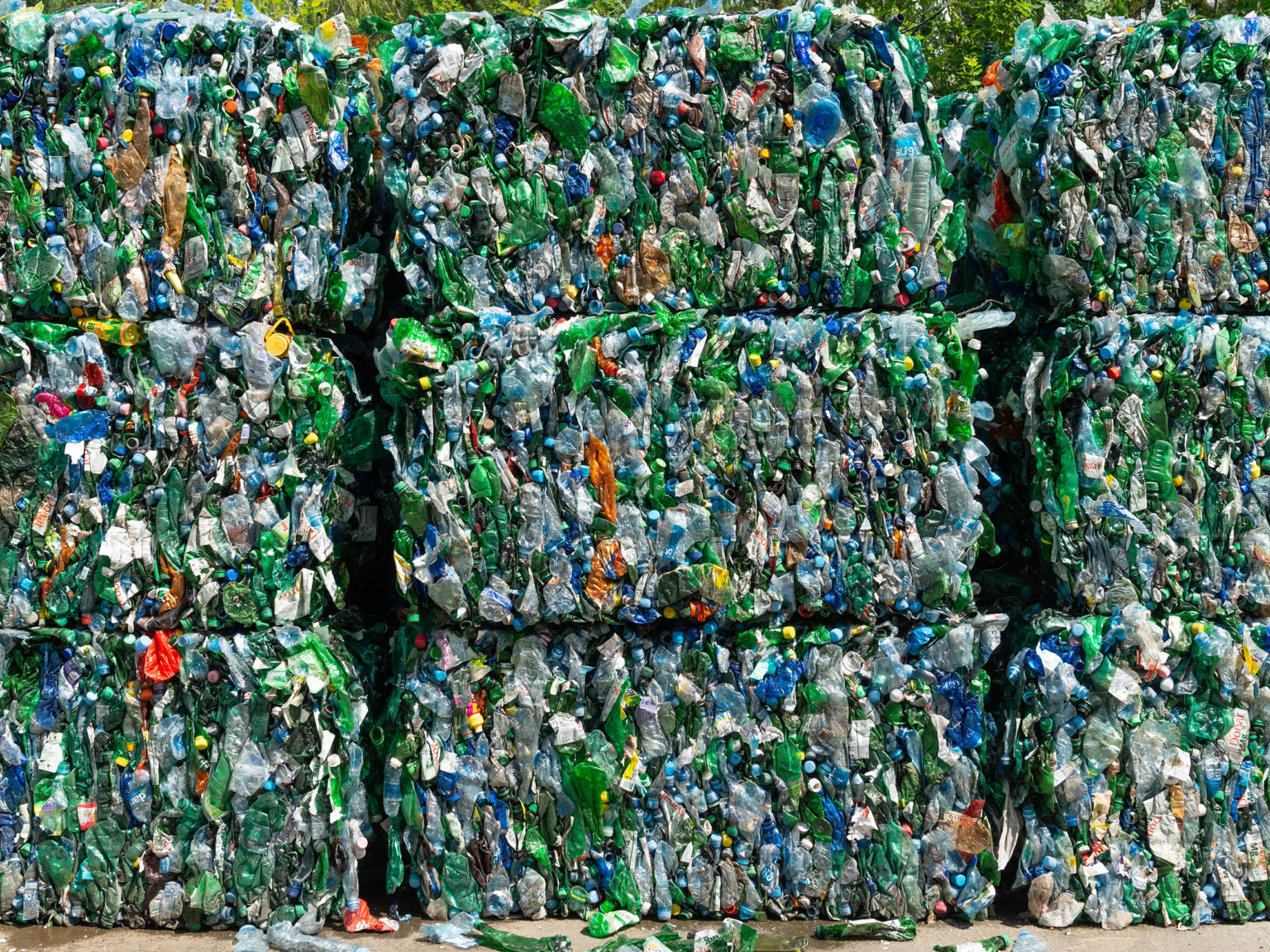When you think of recycling, you inevitably think of the beer can or bottle that you’ve thrown in the bin in your garage, or the newspaper or magazine that sits in a stack waiting to be added to that bin on garbage day. There usually isn’t much thought given to what happens to the materials once the garbage truck pulls away from your curbside.
Even though you might not be putting much thought into it, others are. This includes finding new and innovative approaches to using the recycled materials in products that are going to market.
GM’s Spring Hill plant will be run on solar power by 2022.
Photo courtesy of General Motors
General Motors, who keeps sustainable practices in focus as part of an ongoing company-wide initiative, is utilizing recycled materials in their vehicles. This in and of itself isn’t particularly innovative. Half a decade ago, the use or soy in the seats and tomato skins in the trunk was a common talking point for Ford during vehicle launches.
GM has taken steps over the years to reduce waste. At their Bowling Green assembly plant, the paint-shop system is using limestone to capture overspray, a practice that eliminates more than 400 tons per year of paint sludge waste. The company’s design team donates scraps of leather, vinyl, and synthetic suede to the College for Creative Studies in Detroit so that they may be used by fashion students. Corvette’s leather leftovers go to Pingree, a Detroit business that employs veterans with meaningful work, where workers hand craft the leather into custom Corvette-branded accessories.
The GM Global Design Center in Warren, Michigan has its design team collect and clean clay that is left over from creating models, using metal detecting wands to remove any metal pins. In just one hour, six team members can completely strip one midsize vehicle model of salvageable clay. This clay recycling saved Mother Earth some strain and GM’s pocket book about $1 million over a three-year period.
Photo courtesy of General Motors
GM is part of the Materials Marketplace, an initiative of the United States Business Council for Sustainable Development, that works to identify ways to reuse or exchange undervalued materials through an online database and establish circular supply chains. This is designed to lengthen product life cycles and lower the environmental impact of many stages of the manufacturing and design process.
The automaker is also putting recycled materials into its vehicles. Post-consumer nylon fiber has been used for window support brackets resulting in 3 million pounds of plastic being recycled. Recycled PC/PBT plastic has been made into license plate brackets while PC/ABS plastic has been crafted into radio brackets resulting in 375,000 pounds of plastic diverted from landfills.
According to Beverage Marketing Corp., a single-serve PET bottle weighs approximately 9.25 grams down 52 percent from the early 2000s. GM has recycled 100 million water bottles and used them to make wheelhouse liners. Other uses of recycled materials include 200,000 pounds of plastic diverted from landfills to make cowl vent grills, 5,000 tires taken out of the refuse pile to be used to make ultra capacitor barrier shields.
Photo courtesy of General Motors
GM continues to work on sustainability with its plants and suppliers. It has recently won awards for its initiatives and is set to hit another milestone in 2022 when the Spring Hill plant will switch over to solely solar power.








